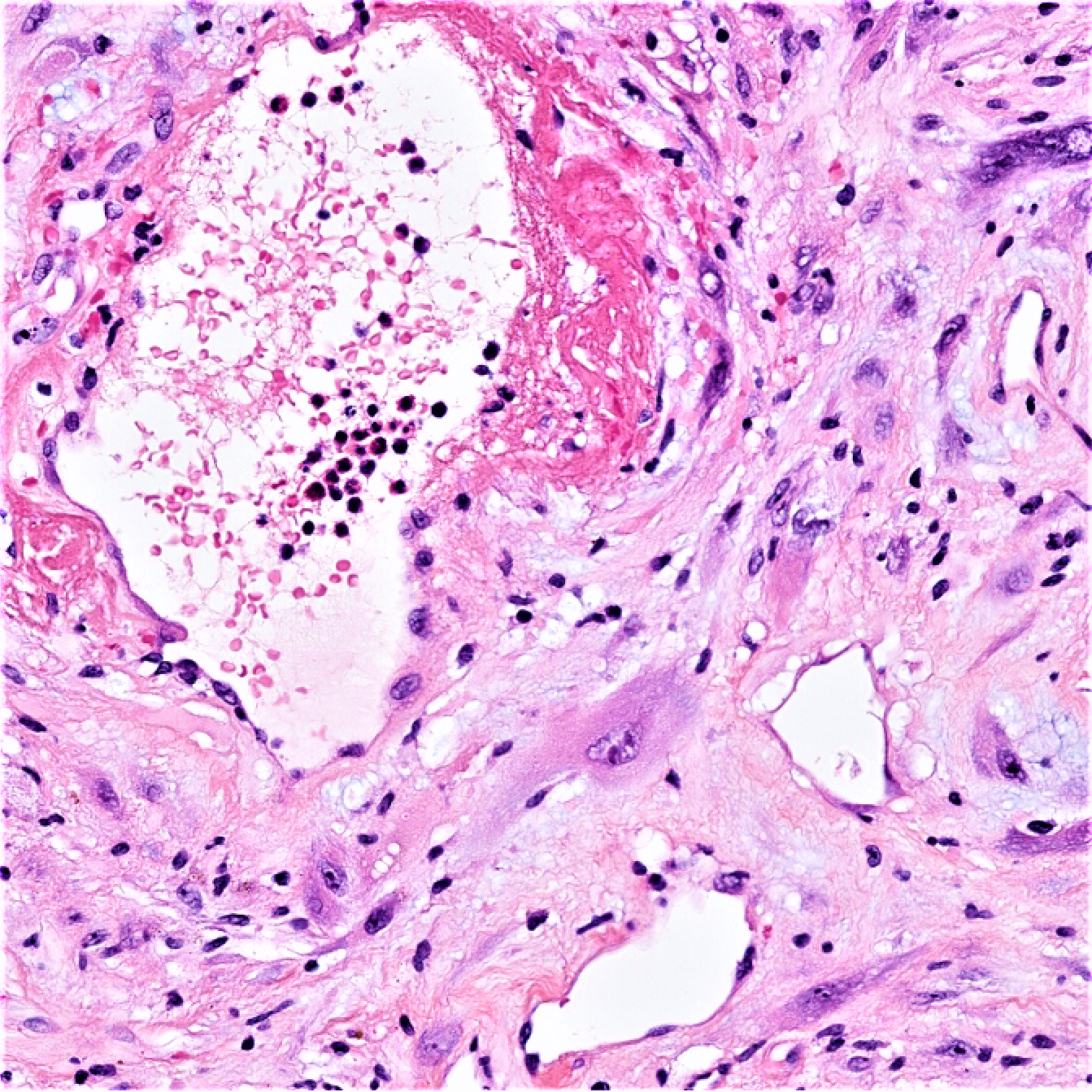Case Number : Case 2088 - 7 June 2018 Posted By: Raul Perret
Please read the clinical history and view the images by clicking on them before you proffer your diagnosis.
Submitted Date :
47 year old male with a 20 mm deep mass centered on the ankle.








Join the conversation
You can post now and register later. If you have an account, sign in now to post with your account.